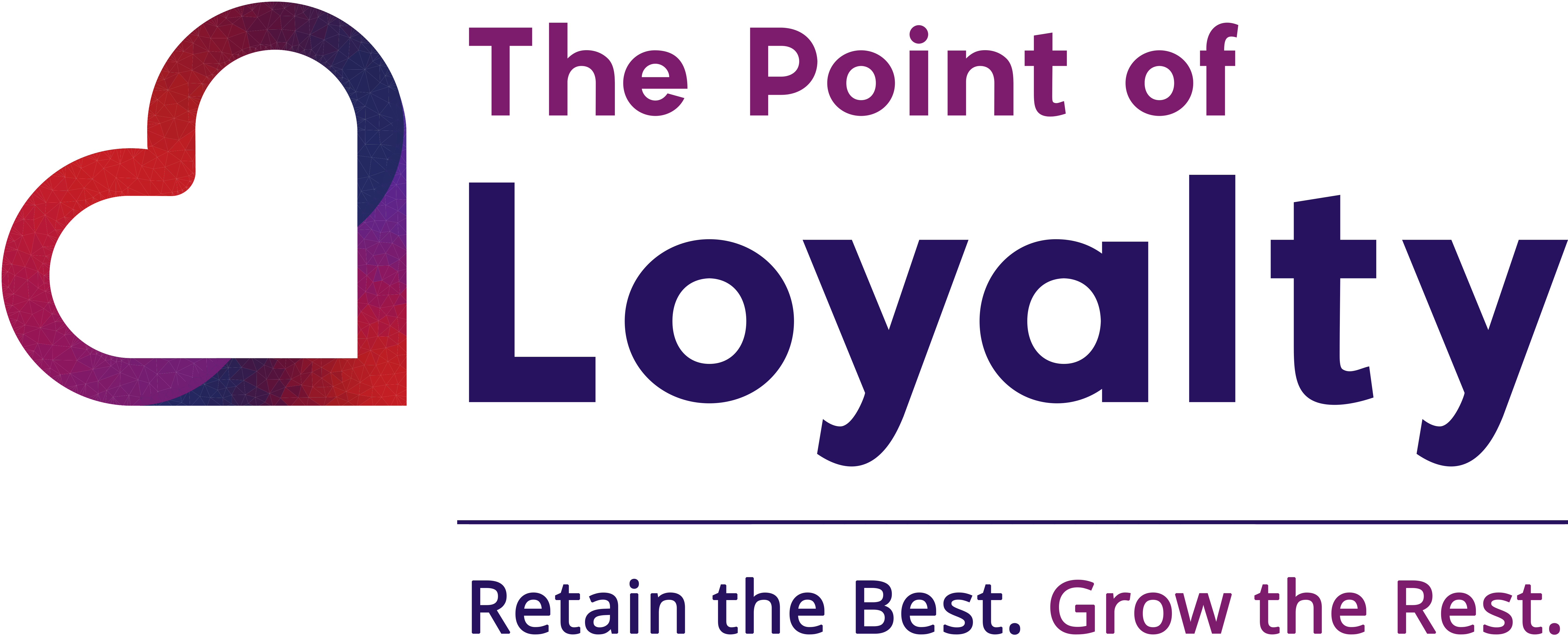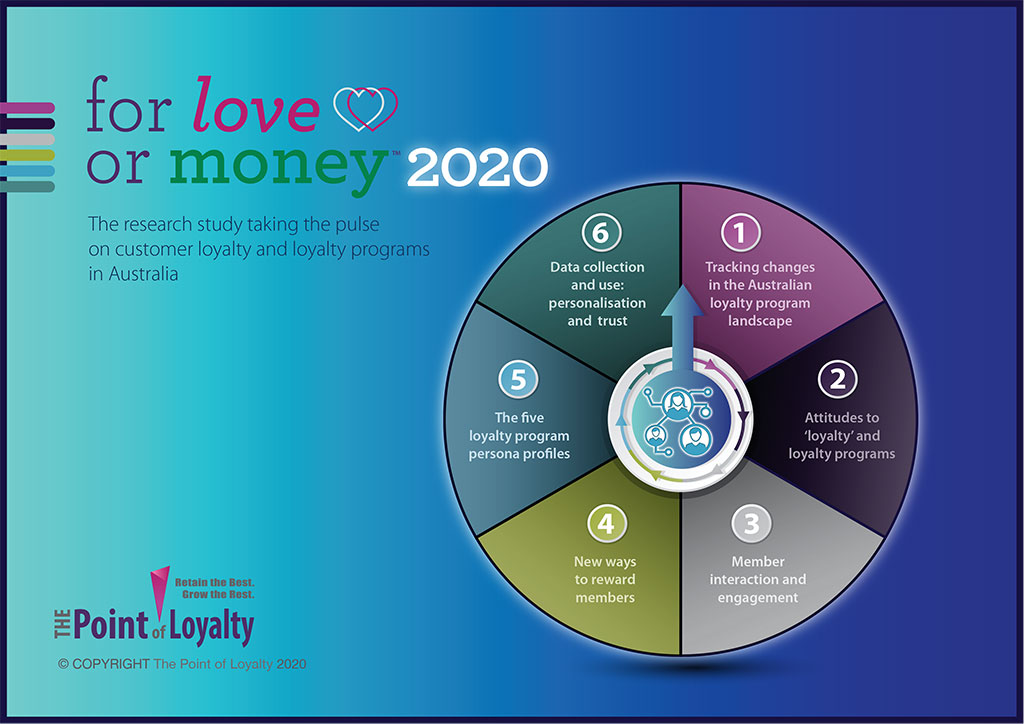I’ve been presenting the full research findings from For Love or MoneyTM 2020 to various brands and I am always asked for an insight from the findings, a recommendation or my point of view.
Below are 25 findings, insights and a few teasers I have gleaned from For Love or MoneyTM 2020.
Some are just facts from the research findings.
Some are an insight.
Some are a teaser (sorry) because they require a more detailed story which I provide in the presentation.
Facts are facts but stories are remembered.
For a more detailed presentation in person (zoom I assume) I will provide some stories to back up the facts as well as a deeper dive into differences by age, gender and the generations. GenZ are a focus this year.
It’s also a chance for us to have a robust discussion … what is loyalty? Do brands need a loyalty program? - seem to create the most debate.
You can invest in a For Love or MoneyTM 2020 presentation through our site or please contact me to find out more (adam@thepointofloyalty.com.au).
Here are the 25 findings, insights and some teasers from For Love or MoneyTM 2020:
Section 1: Tracking changes in the Australian loyalty program landscape
- The loyalty program landscape is maturing.
- In 2020, 89% of Australian adults are a member of at least one program (same as in 2019).
- Memberships per adult is stable at an ave of 4.4 vs 4.3 in 2019 and 4.1 in 2018.
- In 2020, Gen Z are joining more programs with an ave. of 5.0 and 17% of them are members of 10 or more.
- Active[1] participation in programs is declining and at an all-time low of 46% since we benchmarked it for the first time in 2015 (59%).
- This is my passion point. A high activity rate is one of key measures of success for a program.
- My mantra: “Volume is for Vanity. Activity is for Sanity” (video on that here).
- Four new entrants into top 10 loyalty programs doing a very good job (unprompted) with flybuys no. 1.
- One of the new entrants solves a customer pain point = SuperCheap Auto – Club Plus. Here’s my video about this.
Section 2: Attitudes to loyalty and loyalty programs
- Loyalty is not a program. What is loyalty? Tracking consumers’ view of loyalty to a brand (beyond enrolling in a loyalty program).
- Benchmarked over 4 years, it’s worth reminding yourself on what loyalty to a brand or business is from a consumer’s point of view. When you know what loyalty is, you will have the power to motivate that loyalty outcome, profitably.
- A loyalty program is not the answer for everyone
- 61% of members said ‘yes a brand needs a program to keep them loyal’
- 39% said no, ‘just be brilliant at the basics’.
- A loyalty program does influence motivations to interact with a brand. Three motivations were researched –
- A program’s influence on decision to purchase (63%)
- A program’s influence on purchase behaviour – how much and how often to purchase (56%)
- A program’s influence on recommendation (46%)
- A program does add to the overall brand experience (68%)
- The impact of closing a program: Members share what they would do if a program closes.
- I suggest you consider evolve before exit
- Member concerns with programs: The top two are data use and data security (not surprising).
Section 3: Member interaction and engagement
- Members’ three motivations to join your program – convenience, transactional and emotional.
- Knowing which of your members join for any of these three motivations helps with finance discussions.
- The % of members making the most of their memberships is 63%. What’s your %?
- What’s stopping members from making the most of their memberships?
- Number one reason (of 5) is “I’ve earned so few rewards it doesn’t seem worth using them”.
- Member interaction, identification and payment integration:
- Card-linking is gaining momentum and the plastic card desire is decreasing for some (not Baby Boomers).
- The three principles for optimising loyalty program design as we’ve defined them are: Simple + Personal + Valuable. The research ranks these from the members’ perspective.
- Money, time or ego – which benefits are most important to members: Money. This is not surprising
- Psychology of earning and redeeming rewards:
- This reveals fascinating insights on members changing their behaviour the closer they get to a reward and after reward redemption.
- Expiry of points and benefits in two different ways: The best of the worst for members is revealed.
Section 4: New ways to be rewarded
- New ways to reward members are researched for the first time with the focus on solving a problem
- Cashback is popular. Keep it simple
Section 5: Loyalty program persona profiles
- Our Five Blend of Benefits model has defined persona profiles - transactional, experiential, functional, personal and social.
- There has been a small shift away from transactional with so much room to improve.
Section 6. Data collection and use: personalisation and trust
- Only 53% of members indicated they are ok about programs collecting and using their data to enhance their shopping experience. This is not convincing.
- Gen Z and Gen Y are more open to different layers of personalisation.
- A benchmark has been set for the four pillars of personalisation – medium, message, member and moment
- Loyalty program members trusting their data with programs - the Net Data Trust score is -33 (slight improvement from -38 in 2019). So much room to improve.
There is so much more behind these 25 findings and insights and I would welcome the opportunity to present the research to you and your team. Alternatively, the comprehensive report is also available.
[1] * An active member in the research was defined as ‘having presented their card or membership number when making a purchase in the past 12 months’

